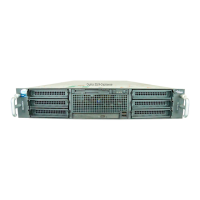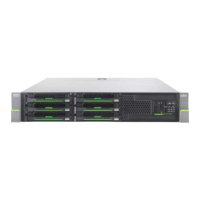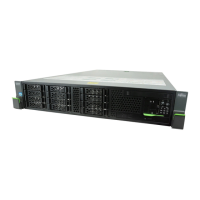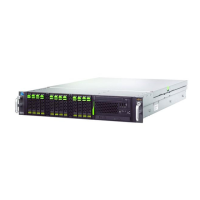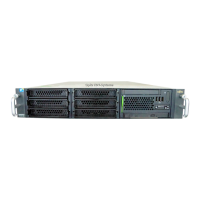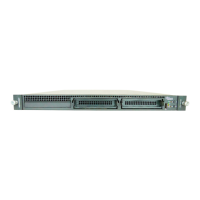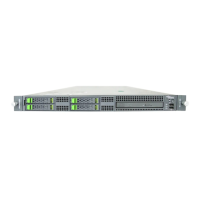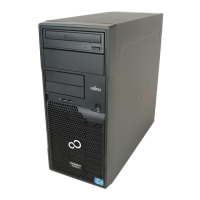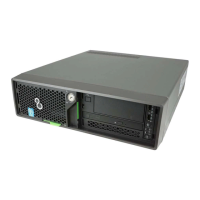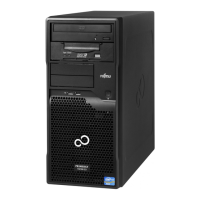175
PRIMERGY RX300 S3 User’s Guide
6
High Reliability Tool
6.2
Server Monitoring Tool [ServerView]
ServerView constantly monitors the status of the servers' hardware in the network
and provides a console with which the administrator can check the status of all the
servers at a glance. When using ServerView, the server hardware is monitored all the
time. If an error that could cause trouble is detected, the administrator is notified in
real-time. This allows the server administrator to remove a system error early and
avoid trouble.
■ Importance of Monitoring the Server with ServerView
For safe operation of PRIMERGY, always monitor the server using ServerView. Even if the server is
operated in the redundancy configuration, overlooking or neglecting errors could result in a system stop
or data loss. As soon as one constituent part of the redundancy configuration fails, the corresponding
countermeasures must be taken. For that reason, monitoring the server with ServerView is necessary.
If ServerView is not applied, the following very serious problems may occur.
● RAID Error Monitoring
ServerView notifies of the RAID errors. In an environment where ServerView is not applied, the
administrator is not notified of the RAID errors. Leaving the RAID error unattended may lead to a
system stop with multiple dead drives.
● Memory Monitoring
ServerView monitors the memory. In an environment where ServerView is not applied, a memory
single-bit error cannot be detected during operation. In order to detect the error, the server must reboot to
run the BIOS Setup Utility or the Server Management Tools. Leaving this error unattended may lead to
multiple-bit errors and a system stop.
● Fan Monitoring
ServerView monitors the fan. In an environment where ServerView is not applied, fan irregularities
(failure/stop) cannot be detected during operation. In order to detect the problem, the server must reboot
to run the BIOS Setup Utility or the Server Management Tools. Leaving the fan problem unattended
may lead to overheating inside the server and a system stop.
● Temperature Monitoring
ServerView monitors the temperature. In an environment where ServerView is not applied, the increased
temperature inside the server, due to the fan problem described above, cannot be detected and the system
stop cannot be prevented. In order to detect the problem, the server must reboot to run the BIOS Setup
Utility or the Server Management Tools.
● Voltage Monitoring
ServerView monitors the voltage. In an environment where ServerView is not applied, voltage
irregularities cannot be detected during operation. In order to detect the problem, the server must reboot
to run the BIOS Setup Utility or the Server Management Tools. As leaving the voltage surges, the server
may malfunction or data loss may occur.
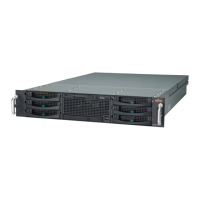
